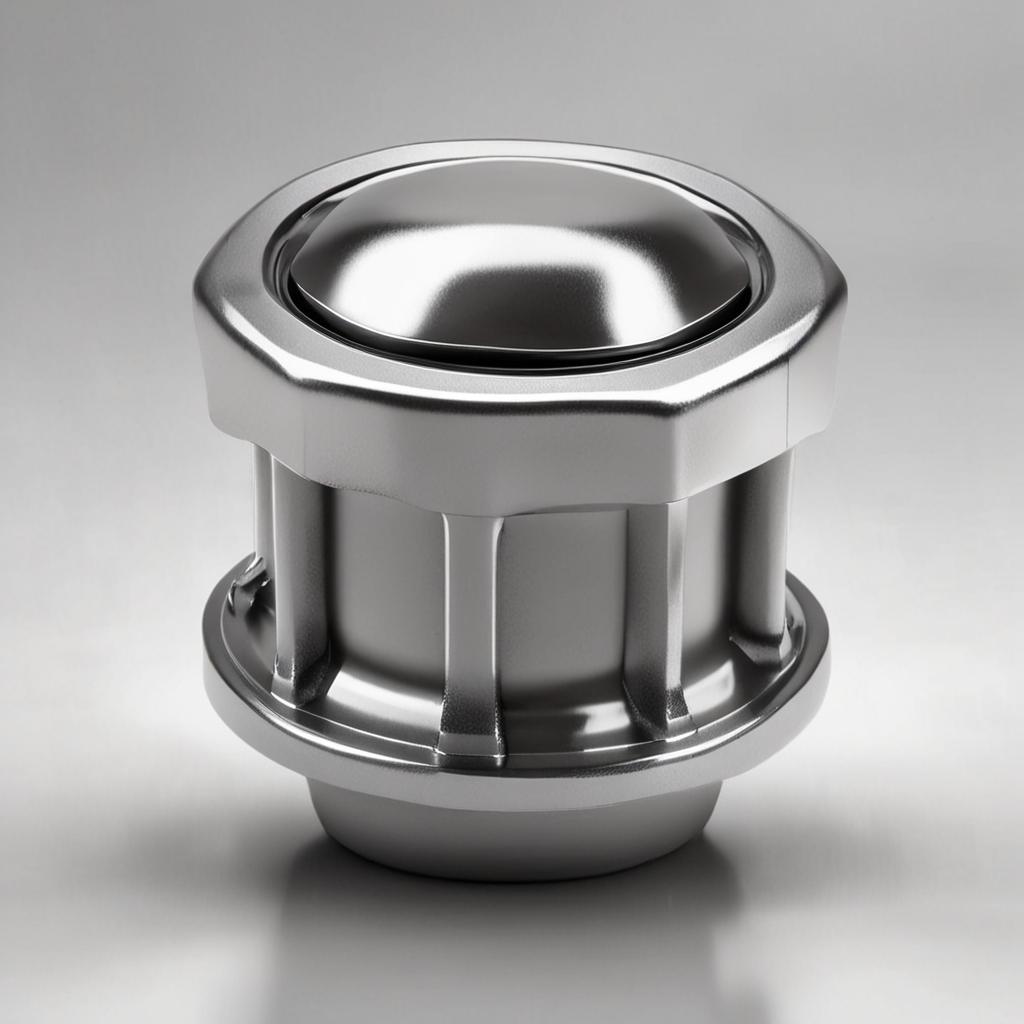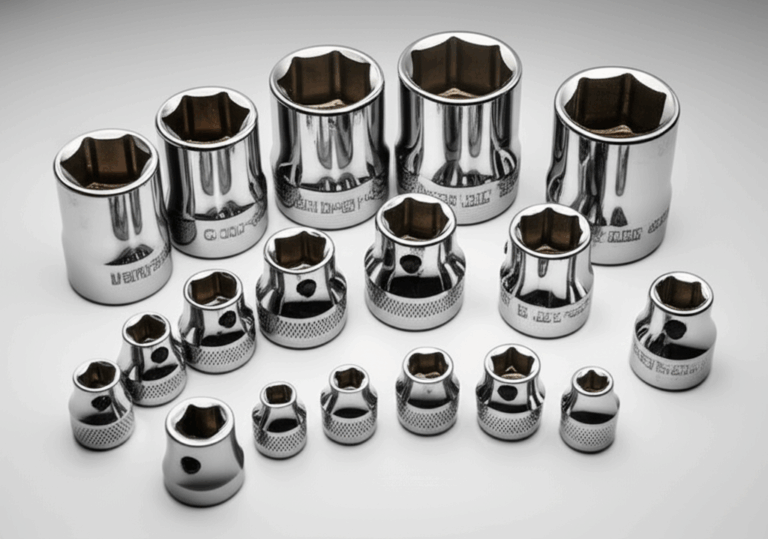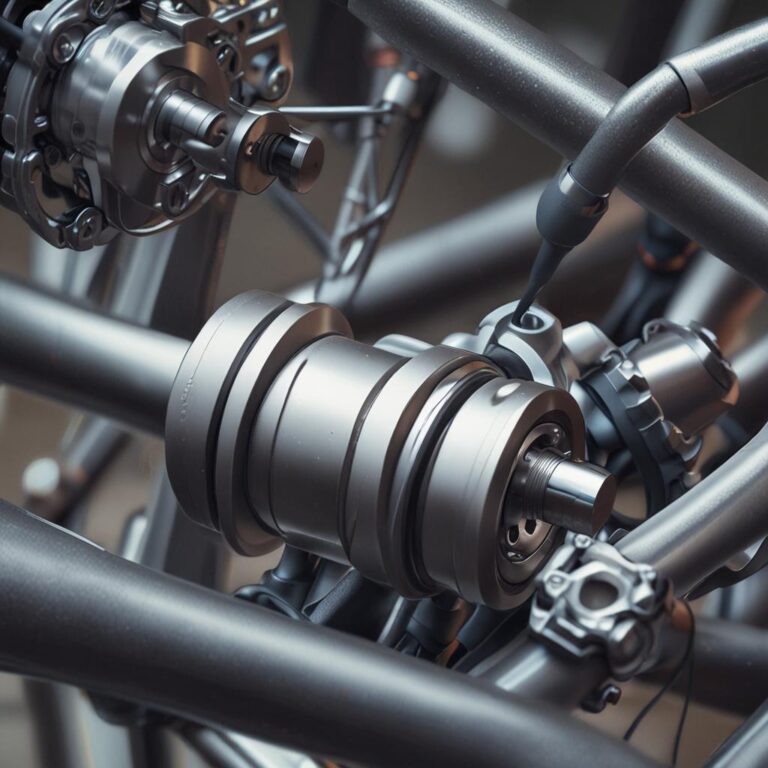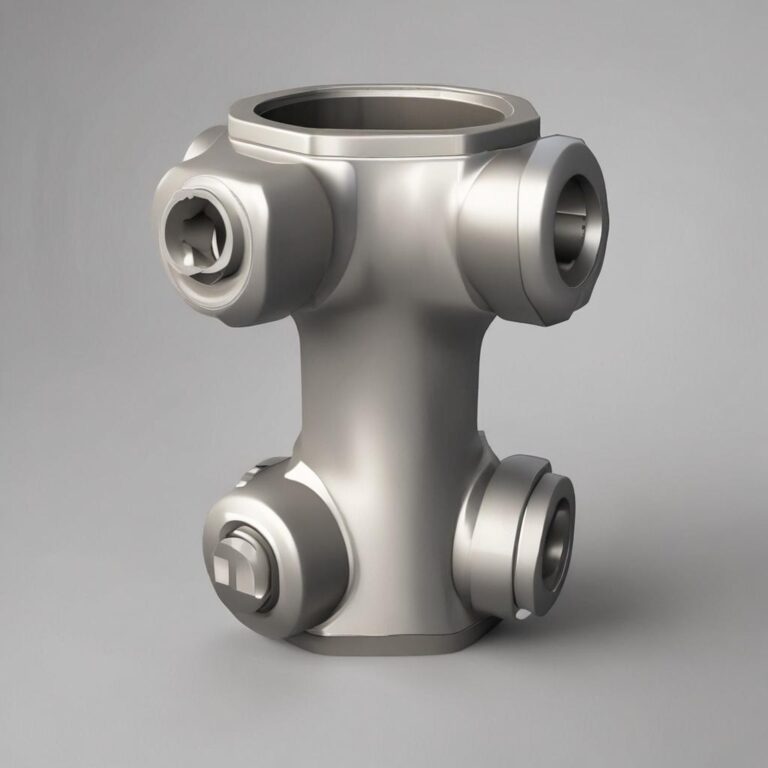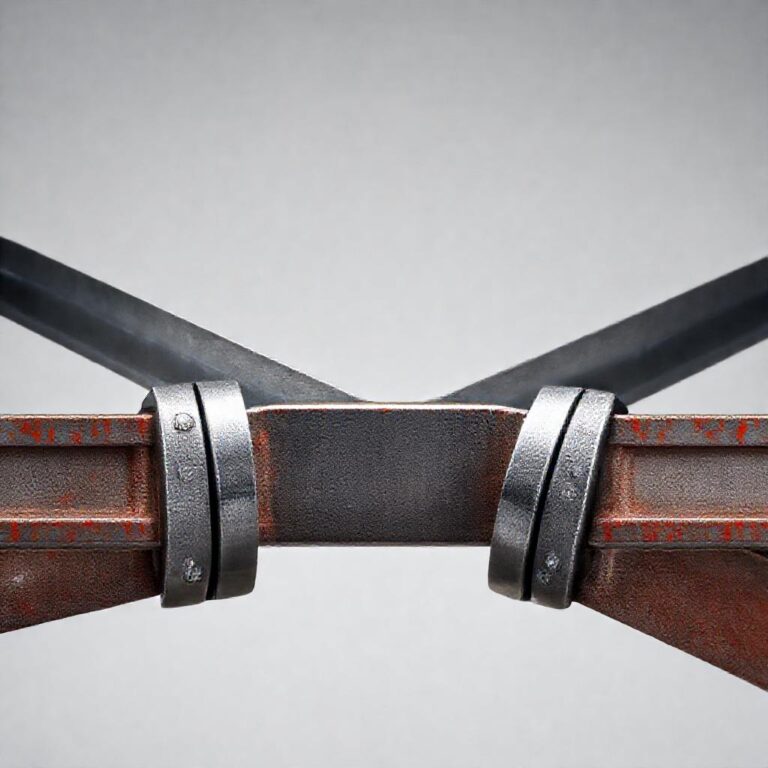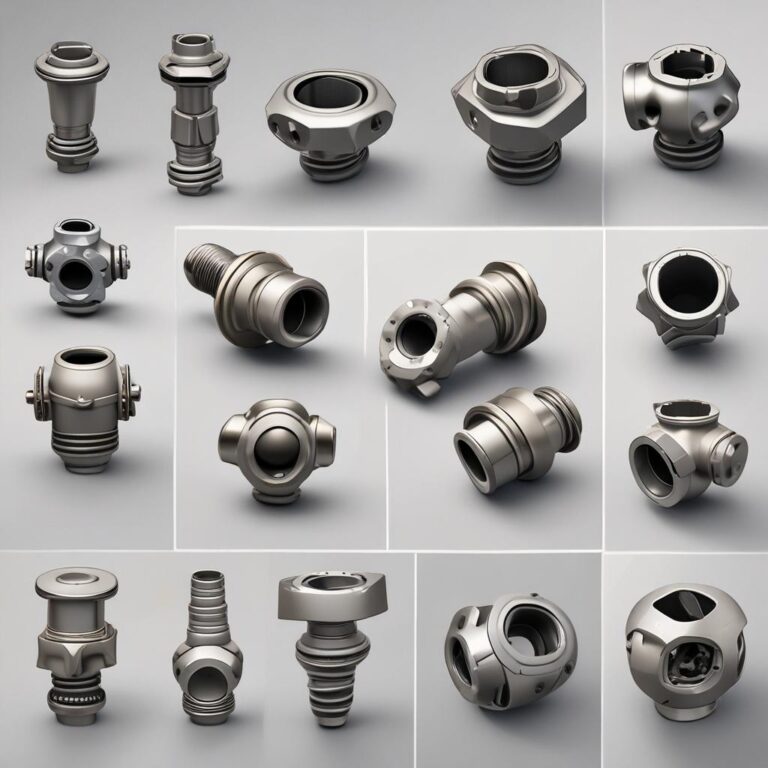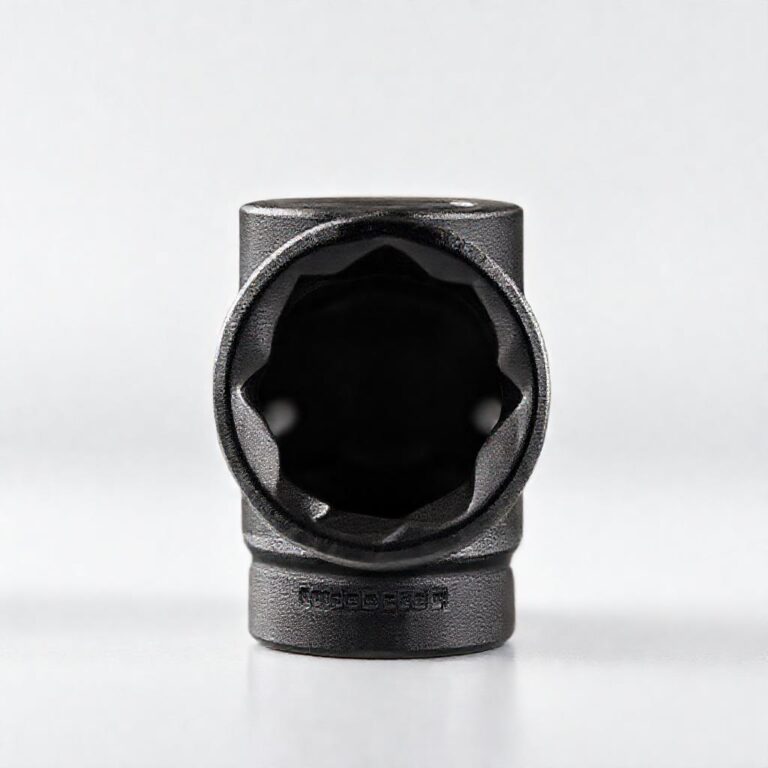2013 Nissan Altima Lug Nut Socket Size
When it comes to maintaining or repairing your 2013 Nissan Altima, one of the most critical details to get right is the lug nut socket size. These small but vital components secure your wheels to the car, and using the wrong socket can lead to stripped threads, damaged lugs, or even unsafe driving conditions. Whether you’re changing a tire, rotating it, or performing routine maintenance, having the correct tools makes all the difference. This guide will walk you through everything you need to know about lug nut socket sizes for your 2013 Altima, helping you avoid common pitfalls and ensuring your work is done efficiently and safely.
Step-by-Step Process
Identify Socket Type
Determine if lug nuts are standard or extended.
Check Owner's Manual
Verify lug nut size in vehicle documentation.
Use Correct Socket
Select 21mm or 22mm socket for 2013 Altima.
Test Fitment
Ensure socket fits snugly without slipping.
Secure Lug Nuts
Torque lug nuts to manufacturer's specifications.
Process infographic for 2013 Nissan Altima Lug Nut Socket Size
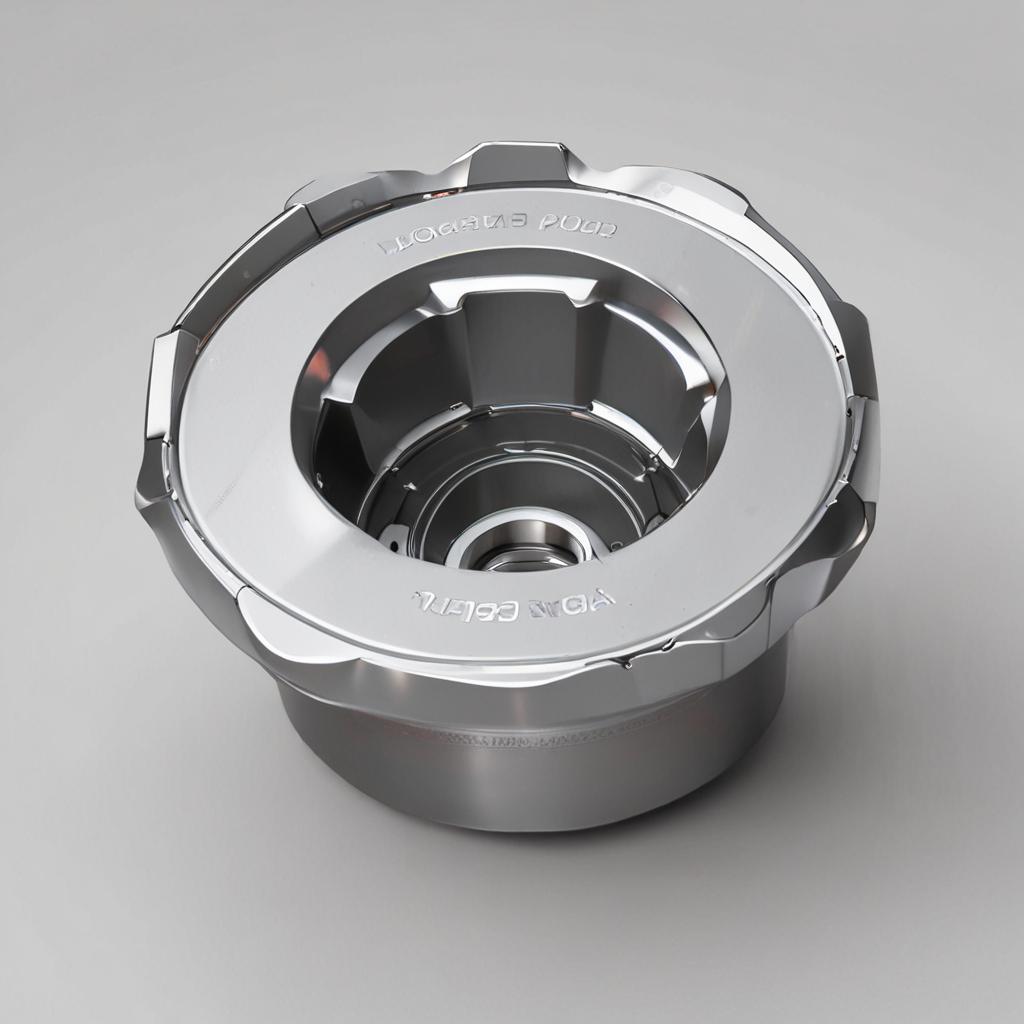
Understanding Lug Nut Socket Sizes
What is a Lug Nut Socket?
A lug nut socket is a specialized tool designed to fit the hexagonal head of wheel lug nuts. Unlike standard sockets, which may vary widely in application, lug nut sockets are engineered to handle the high torque required for wheel assembly and removal. They often feature reinforced construction and precise sizing to prevent rounding or damaging the fasteners during use. Choosing a socket that matches your car’s specifications ensures both performance and safety.
Common Lug Nut Socket Sizes
Most vehicles use metric socket sizes for lug nuts, such as 17mm, 19mm, or 21mm. Automakers select these sizes based on the vehicle’s design, weight distribution, and intended durability. For instance, compact cars may use smaller sockets, while larger vehicles or those with performance upgrades require sturdier sizes. Nissan, like other manufacturers, adheres to these standards but may vary slightly depending on the model and trim level.
2013 Nissan Altima Lug Nut Socket Size
Standard Lug Nut Socket Size for 2013 Nissan Altima
The 2013 Nissan Altima typically uses a 17mm or 19mm lug nut socket. However, this can vary depending on the trim level or wheel type. For example, models equipped with larger alloy wheels or sport packages might require a slightly different size. Always consult your owner’s manual or check the specifications for your exact vehicle configuration to confirm the correct measurement before purchasing tools.
Torque Specifications for Lug Nuts
Nissan recommends torque values between 80-100 ft-lbs for the lug nuts on the 2013 Altima. Adhering to these specifications is essential for maintaining the integrity of the wheel assembly. Under-tightening can result in loose wheels, while over-tightening may strip the threads or damage the wheel studs. A torque wrench is the best way to ensure accuracy, especially after replacing or reusing lugs.
How to Choose the Right Lug Nut Socket
Factors to Consider When Buying a Socket
Material matters when selecting a lug nut socket. Chrome vanadium steel offers durability and resistance to wear, making it ideal for frequent use. Impact-rated sockets are another option if you rely on a power tool like an impact wrench. Additionally, six-point sockets are preferable for lug nuts, as they provide a more secure grip than twelve-point designs, reducing the risk of rounding the nut’s edges.
Where to Buy the Correct Socket
You can find the right lug nut socket at online retailers such as Amazon, AutoZone, or RockAuto, which often list product details by vehicle year and model. Local auto parts stores like Advance Auto Parts or O’Reilly Auto Parts also carry a variety of socket sizes. If possible, bring your existing lugs to the store for a physical fit test to avoid guesswork.
Common Issues with Lug Nut Sockets
Stripped or Damaged Lug Nuts
Stripped lug nuts are a common problem that arises from using the wrong socket size or applying excessive force. To prevent this, always use a socket that fits snugly and avoid over-torquing. If you encounter a rounded nut, consider using a lug nut remover tool with a tapered bit to grip the damaged edges effectively. In some cases, replacing the entire lug nut set may be the safest solution.
Using the Wrong Socket Size
Using an incorrect socket size can cause more harm than good. A socket that’s too large may slip off the lug nut, damaging both the socket and the fastener. Conversely, a socket that’s too small can distort the nut’s shape or break it entirely. Signs of an incorrect fit include resistance when turning, visible damage to the nut, or the socket spinning without gripping. Always verify the size before proceeding with any work.
Step-by-Step Guide to Changing Tires on a 2013 Nissan Altima
Tools Needed
To change a tire on your 2013 Altima, gather the following: a lug wrench or impact wrench, the correct socket (17mm or 19mm), a jack, and jack stands for stability. You’ll also need a spare tire and a torque wrench for final tightening. Ensure all tools are in good condition to avoid delays or accidents.
Safety Precautions
Before starting, park on a flat, stable surface and engage the parking brake. Place wheel wedges or blocks behind the opposite wheels to prevent rolling. Never rely solely on a jack; always support the vehicle with jack stands. Wear gloves and safety goggles to protect against debris, and keep your hands clear of the tire when loosening or tightening components.
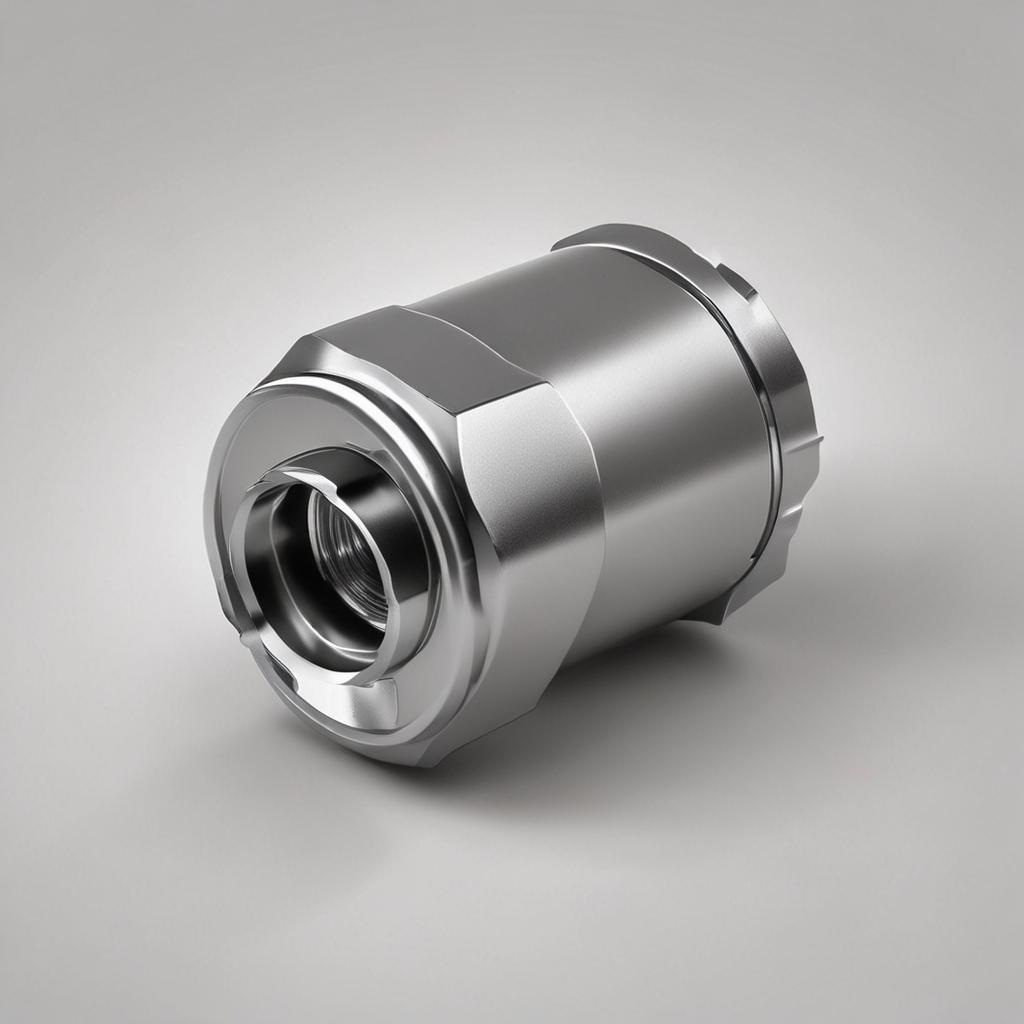
Changing a Flat Tire
1. Loosen the lug nuts slightly before lifting the car. 2. Use the jack to lift the vehicle and place it securely on jack stands. 3. Remove the lug nuts completely and take off the wheel. 4. Mount the spare tire, hand-tighten the lugs, and lower the car. 5. Tighten the lugs in a star pattern using the torque wrench. Refer to your owner’s manual for exact instructions tailored to your Altima’s configuration.
Conclusion
Knowing the correct lug nut socket size for your 2013 Nissan Altima is more than just a convenience—it’s a necessity for safe and effective maintenance. Whether you’re a seasoned mechanic or a DIY enthusiast, investing in the right tools saves time, money, and potential headaches down the road. Double-check your vehicle’s specifications, prioritize quality sockets, and follow proper torque guidelines to keep your Altima running smoothly. Regularly inspecting your lug nuts for wear or looseness can also extend the life of your wheels and ensure a secure ride.
FAQ Section
What is the lug nut socket size for a 2013 Nissan Altima?
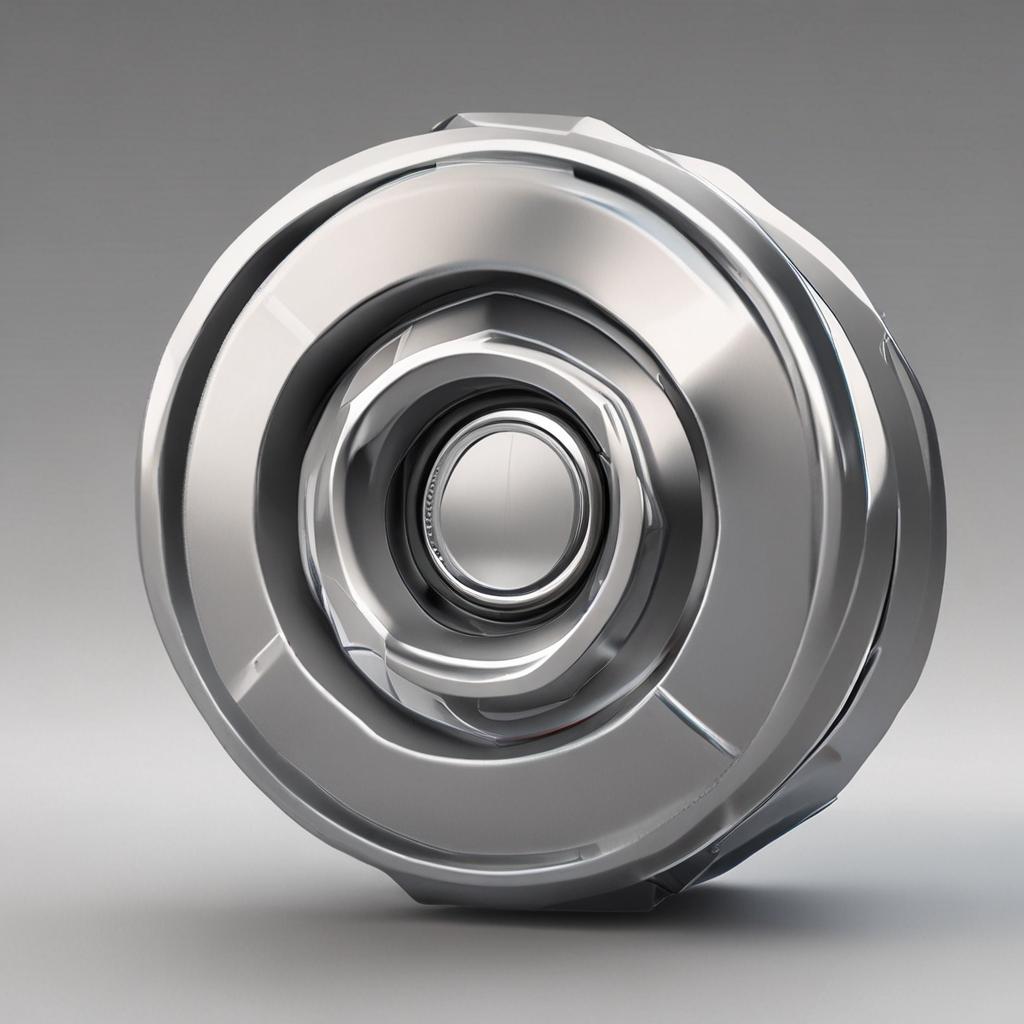
The standard size is typically 17mm or 19mm, depending on the trim and wheel type. Always verify with your owner’s manual for accuracy.
Can I use a 19mm socket if my Altima requires a 17mm?
No. Using a larger socket can round off or damage the lug nut, compromising wheel security. Always use the exact specified size.
How tight should the lug nuts be on a 2013 Nissan Altima?
Follow the manufacturer’s torque specs, usually 80-100 ft-lbs. Under or over-tightening poses safety risks and should be avoided.
What if my lug nuts are rounded off?
Use a lug nut extractor tool to grip the damaged threads, or replace the lugs entirely to ensure a proper fit and function.
Is it safe to use an impact wrench to remove lug nuts?
Yes, but only if you use the correct socket size and adjust the torque settings to prevent over-tightening or damaging the fasteners.

